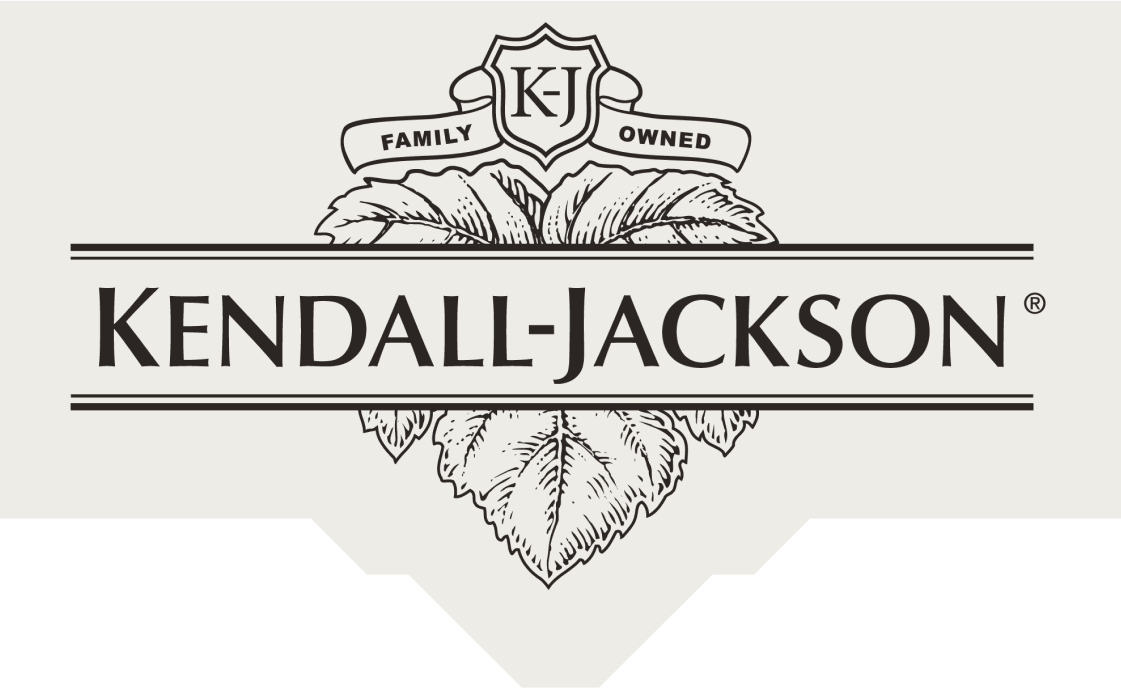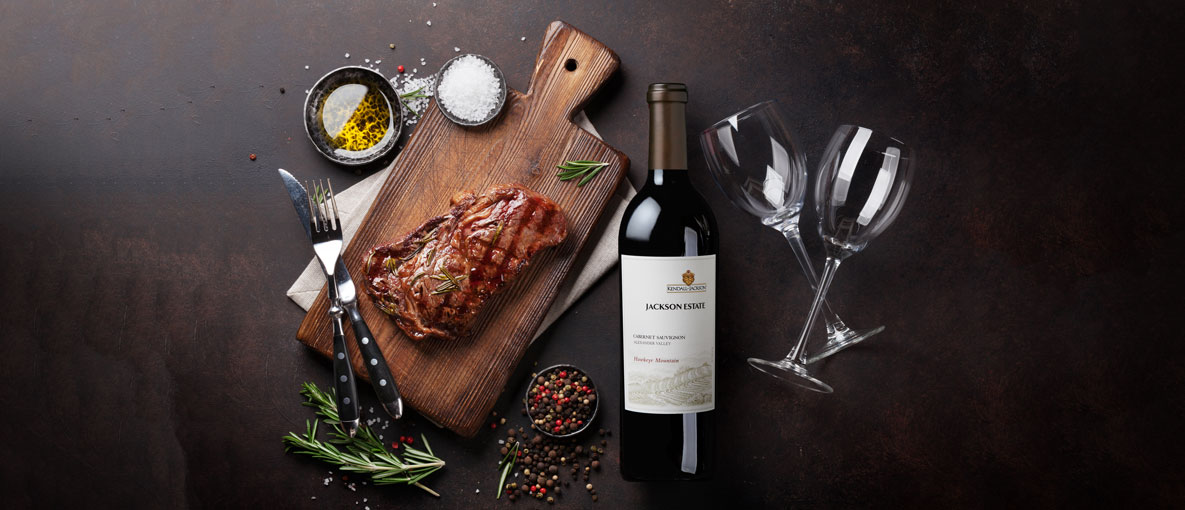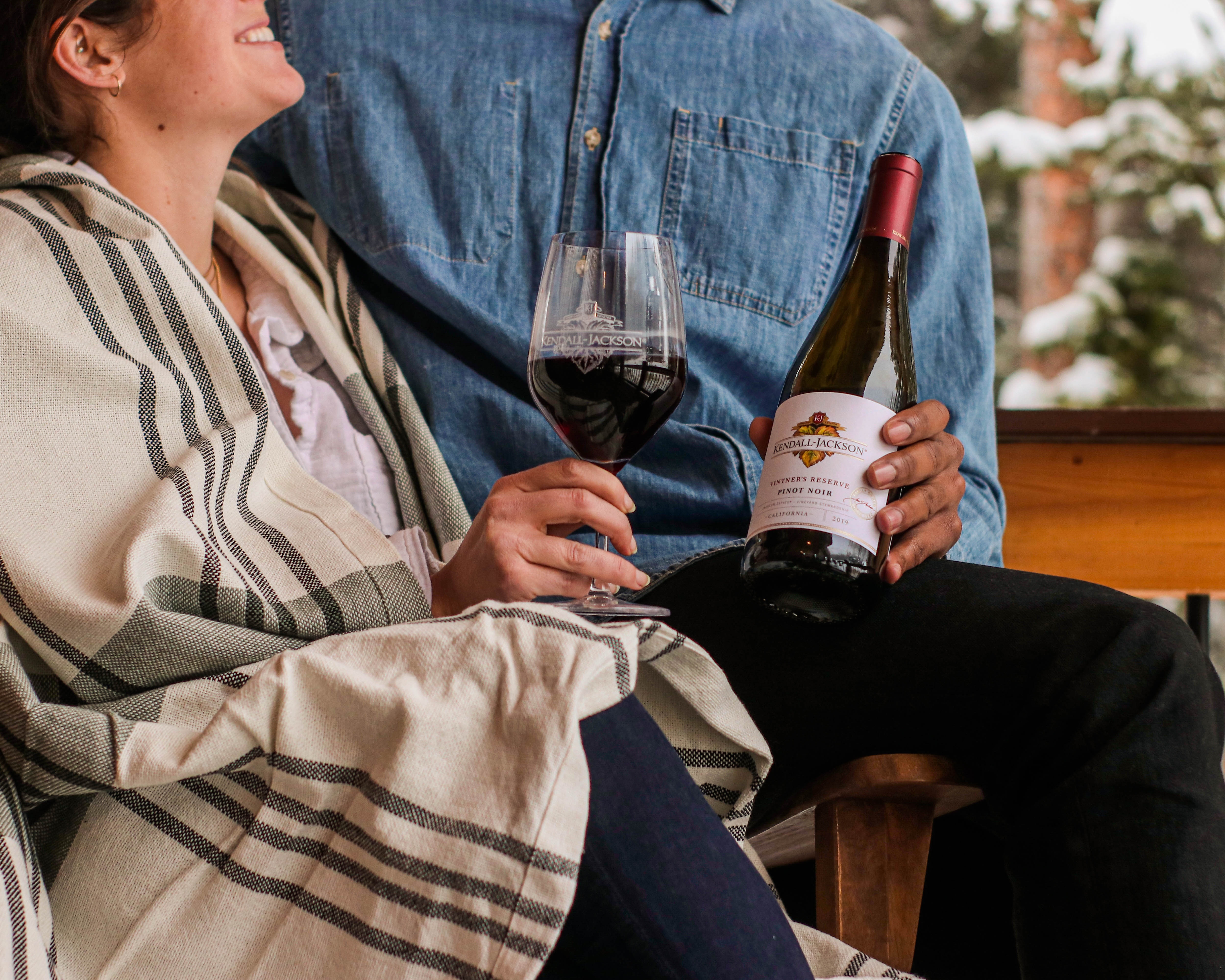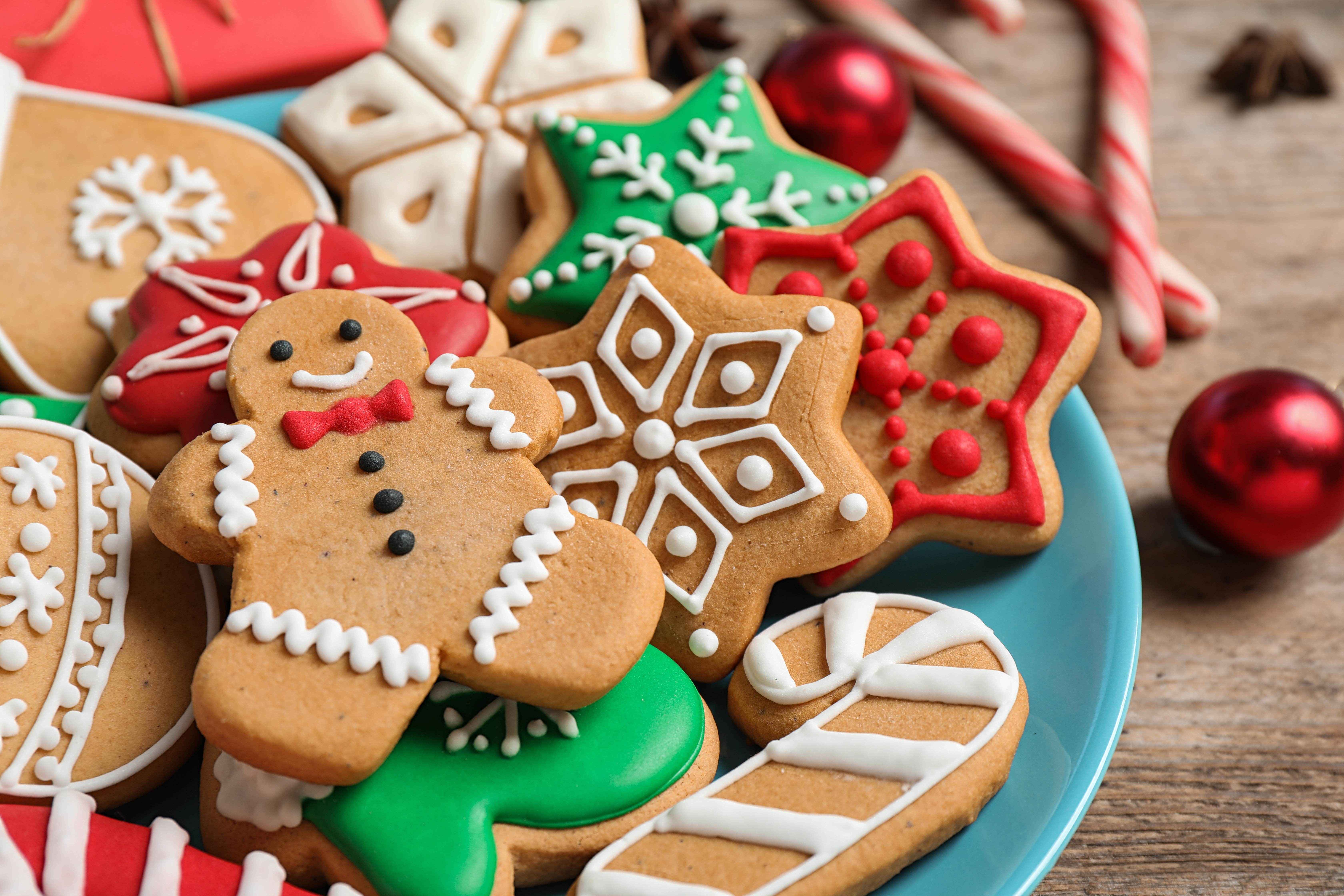How to Take Your Wine Knowledge to the Next Level
Last June, we talked about various ways a beginner can learn about wine: reading and tasting as much as you can. Now, let’s say you have a foot or two on the rung and would like to climb higher in your understanding and appreciation. What’s the next step?
Well, you’ll never want to stop reading and tasting. But you will want to augment them with activities designed to get you ever deeper into the topic, and one of the best ways is to hold your own private wine tasting session!
Yes, it might sound challenging, even geeky, but organizing a tasting is not only doable but fun, and it’ll take you to a higher level as a wine connoisseur.
You first want to know how many people to invite. Six is a comfortable number. Then decide what kind of wines to taste. The classic approach is to select a variety (Cabernet Sauvignon, say), and then obtain a range of different brands to taste. Four is a good number — not too few, not too many. You’ll need one bottle of each (you can generally get about 12-14 tasting pours per bottle). Since budgeting is always important, you’ll want to choose wineries whose bottle prices you’re comfortable with. Or you can always arrange for your guests to each bring a bottle.
Most red wines will benefit from being opened an hour or two in advance of tasting, so plan on that. You’ll need one glass for each wine, so in this case, each of your six guests will have four glasses, for a total of 24 glasses. That’s a lot, but if you don’t have the supply, you can easily rent glasses (I Googled “rent wine glasses” and got lots of hits). Do try and use a glass with a large bowl, so you can swirl liberally, which releases aromatic compounds in the wine.
There are different ways to conduct the tasting. You might want to discover the essential “Cabernet-ness” of each of the wines. This is a vital step in wine appreciation: Cabernet has an essential quality whether it’s from California, France, Australia or Chile, and you should strive to identify it. You might want to include a quality component to see which of the wines people think is the best, and why: Understanding what quality is, is one of the fundamentals of wine knowledge. And you most certainly want to take notes — so be sure to provide your guests with paper and pen for that purpose. And don’t forget the spit bucket! It’s okay to have simple crackers or sliced baguettes at a tasting, but nothing more than that. Save the hors d’oeuvres for afterwards.
Encourage your guests to talk about their impressions. Some people find talking about wine uncomfortable, but they presumably wouldn’t be at your home, at a wine tasting, if they did. So let everyone know that there’s really no right or wrong when it comes to wine — everybody’s opinion counts and you’re all among friends. And let the conversation begin!
NEXT TIME: MORE WAYS TO UP YOUR GAME
Steve Heimoff is one of America’s most respected and well-known wine writers. The former West Coast Editor for Wine Enthusiast Magazine and a contributor to Wine Spectator, he has also authored two books on the subject of California wine, including “New Classic Winemakers of California: Conversations with Steve Heimoff,” published in the fall of 2007.



